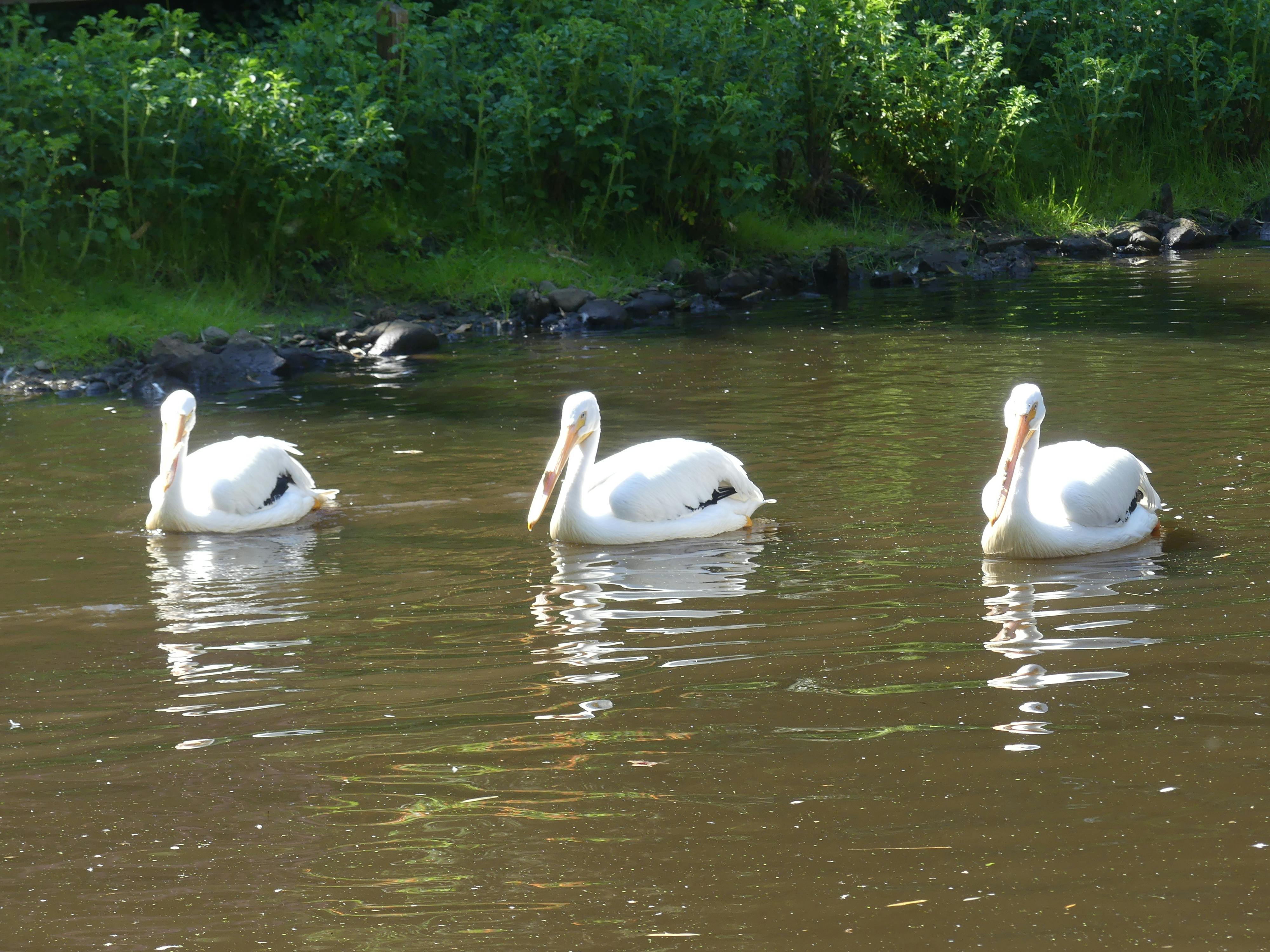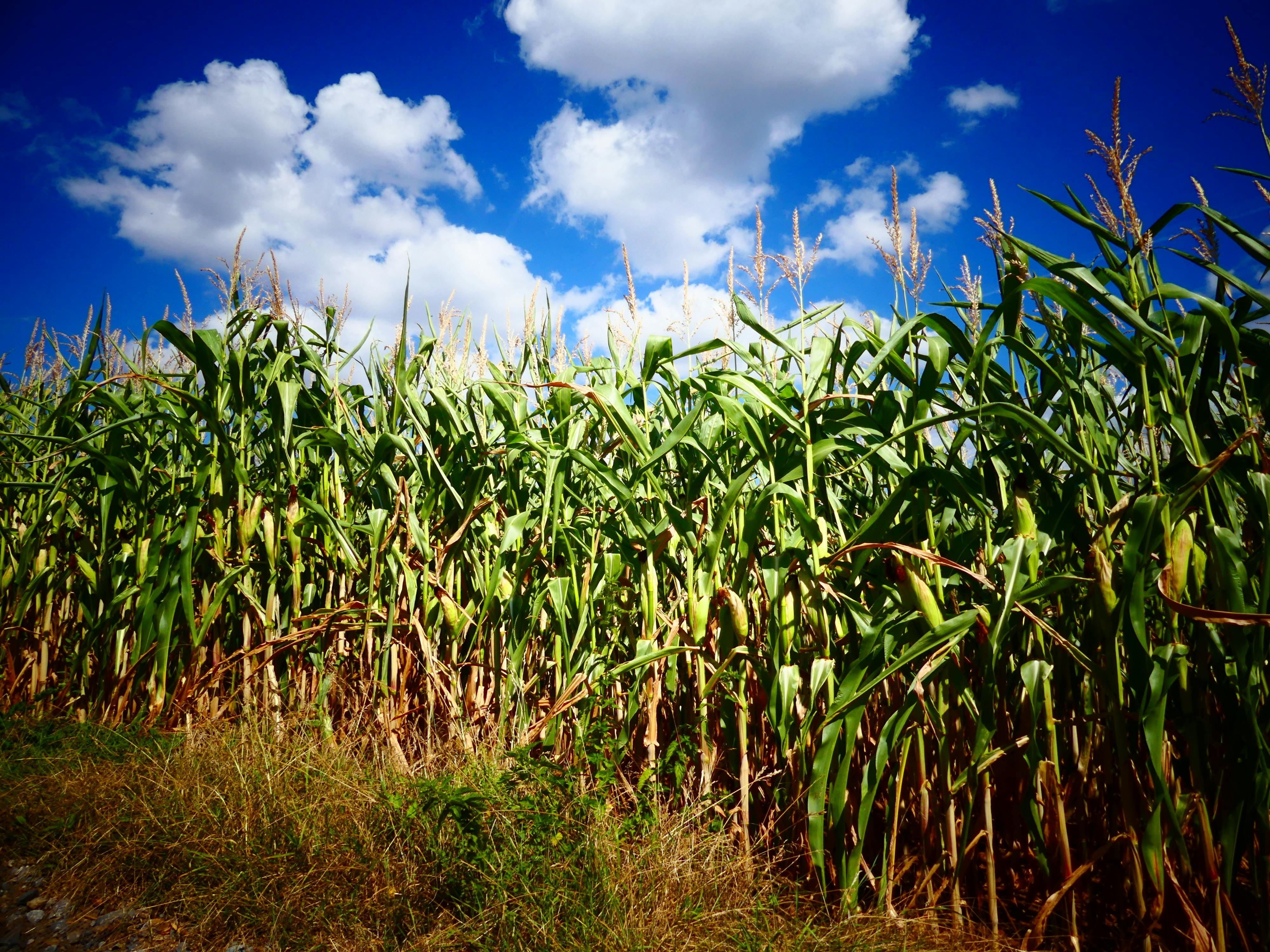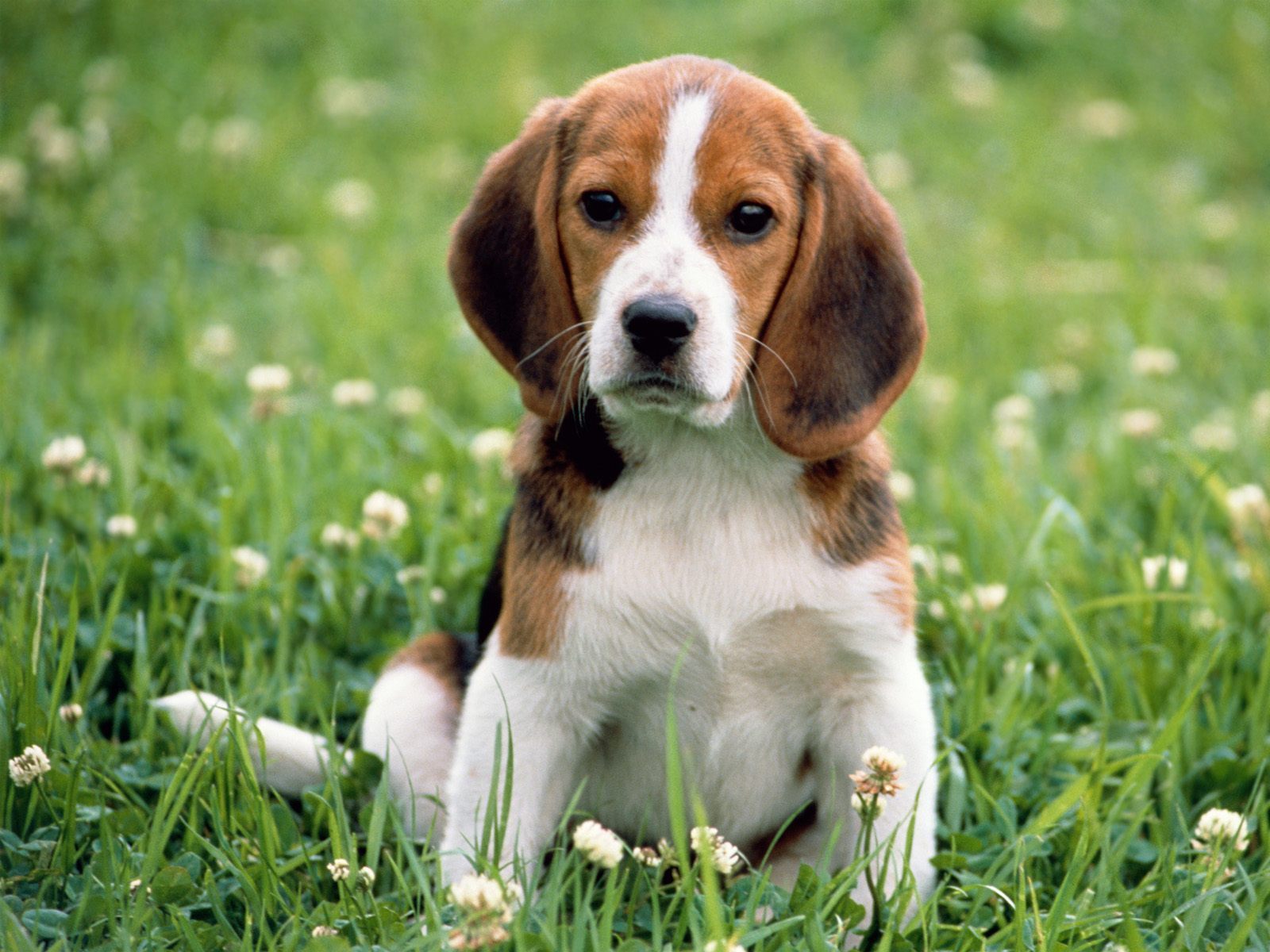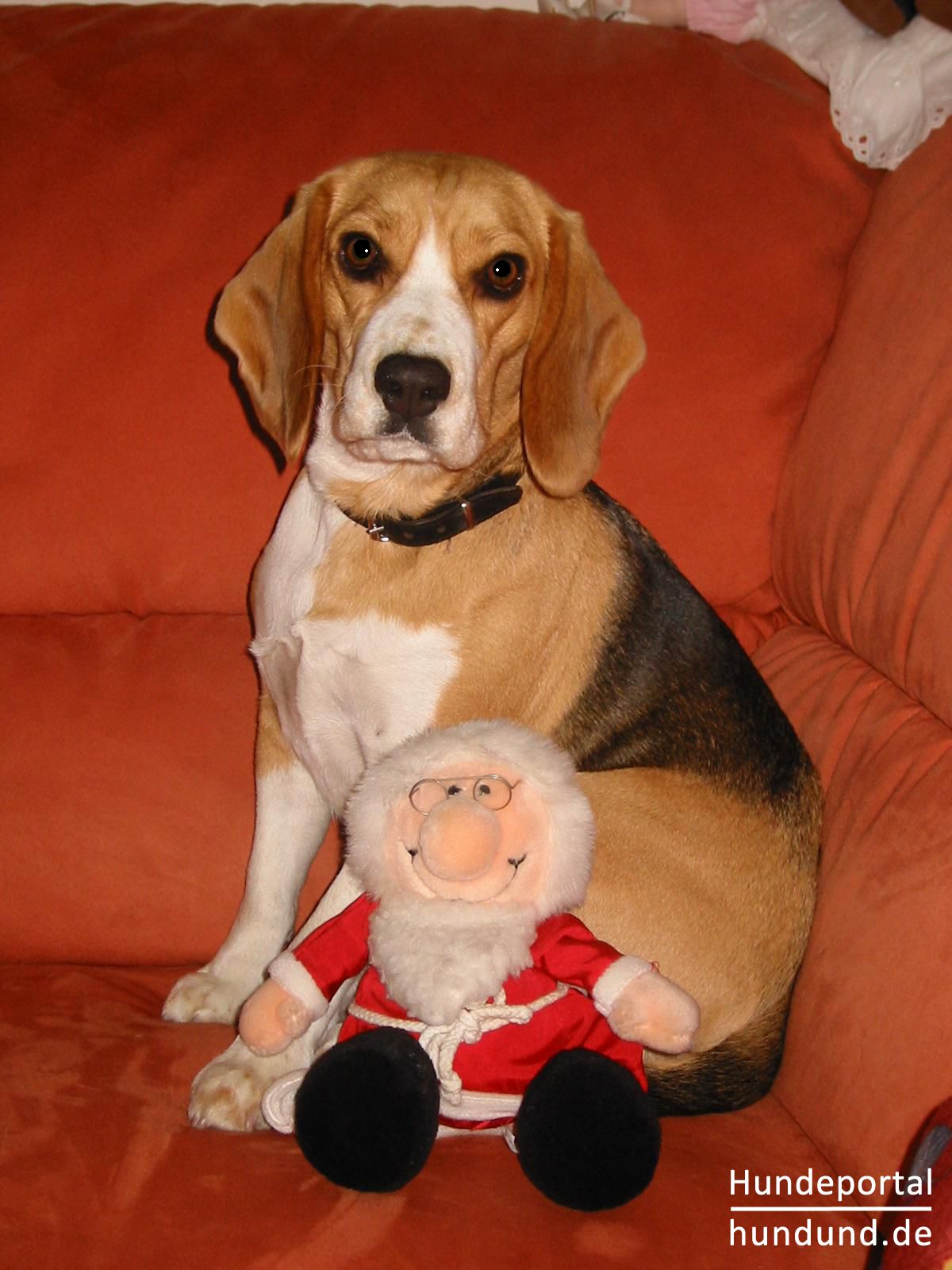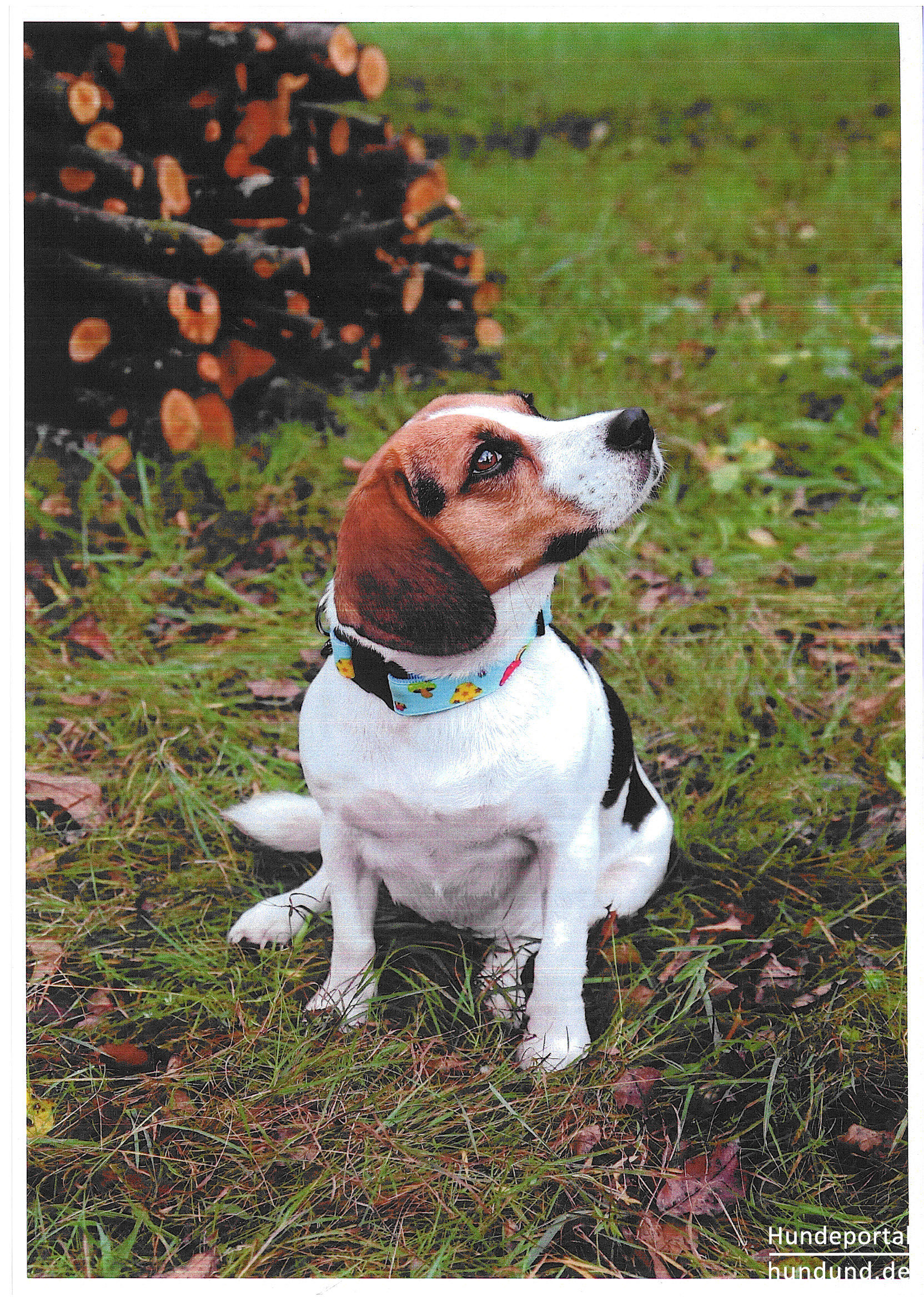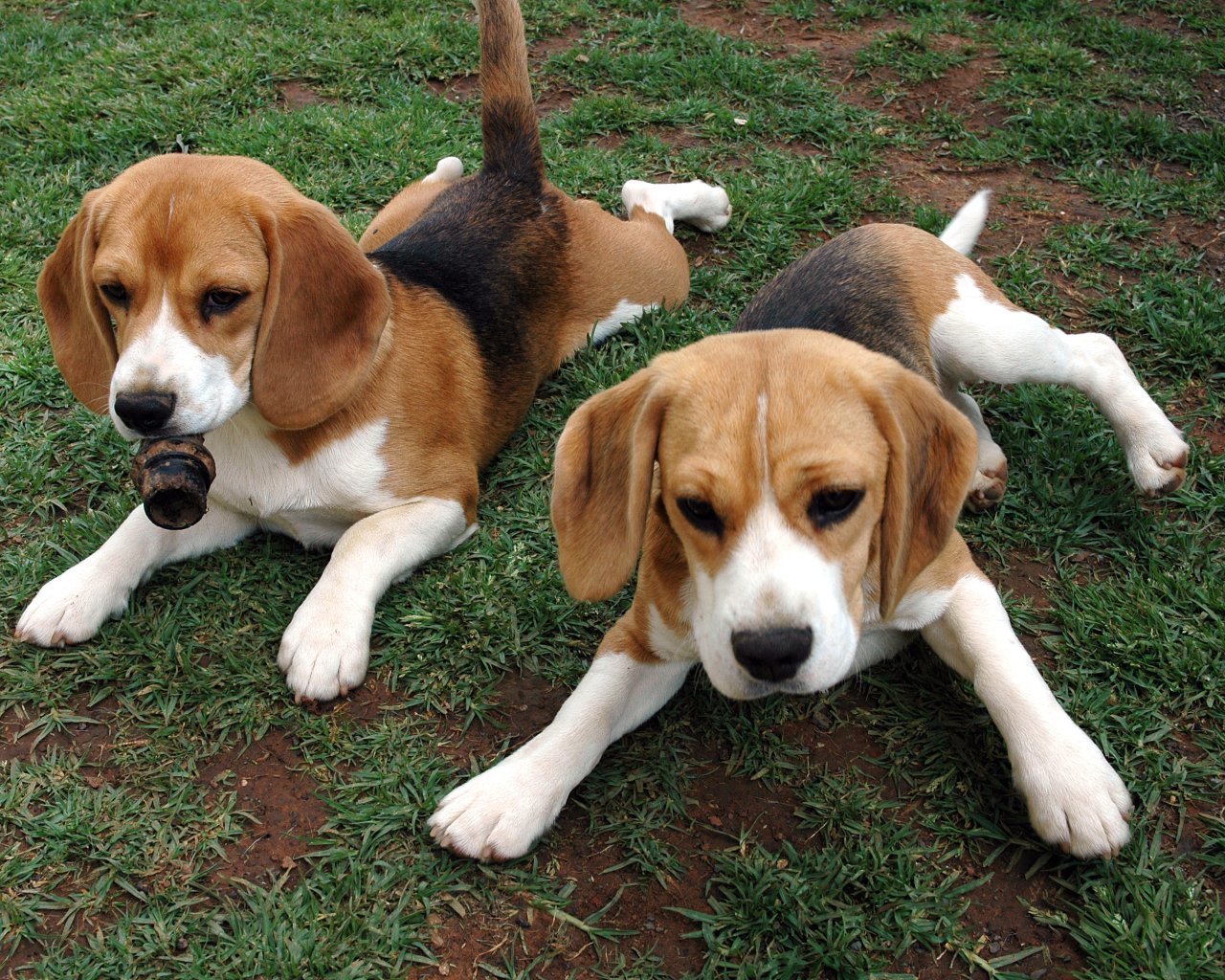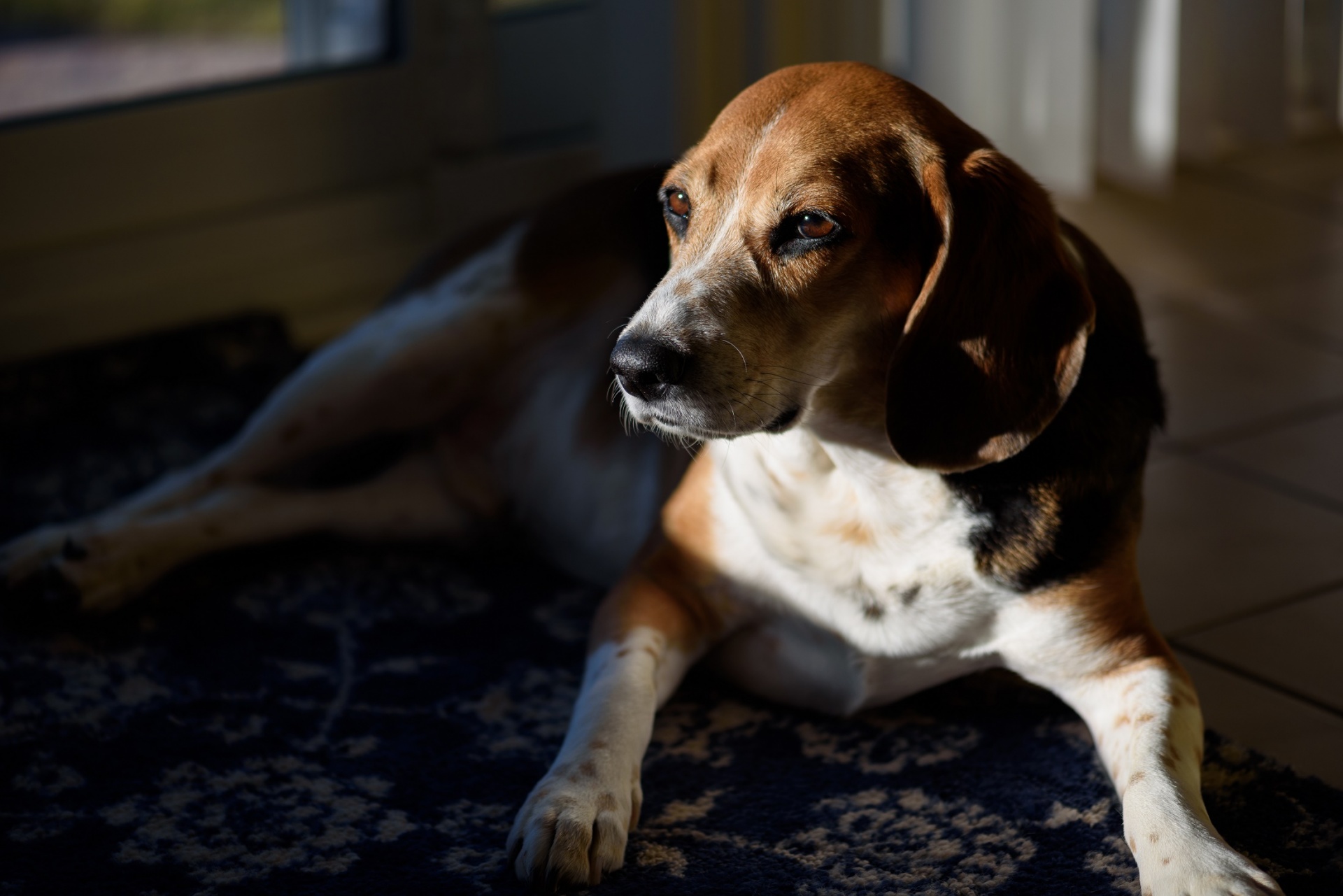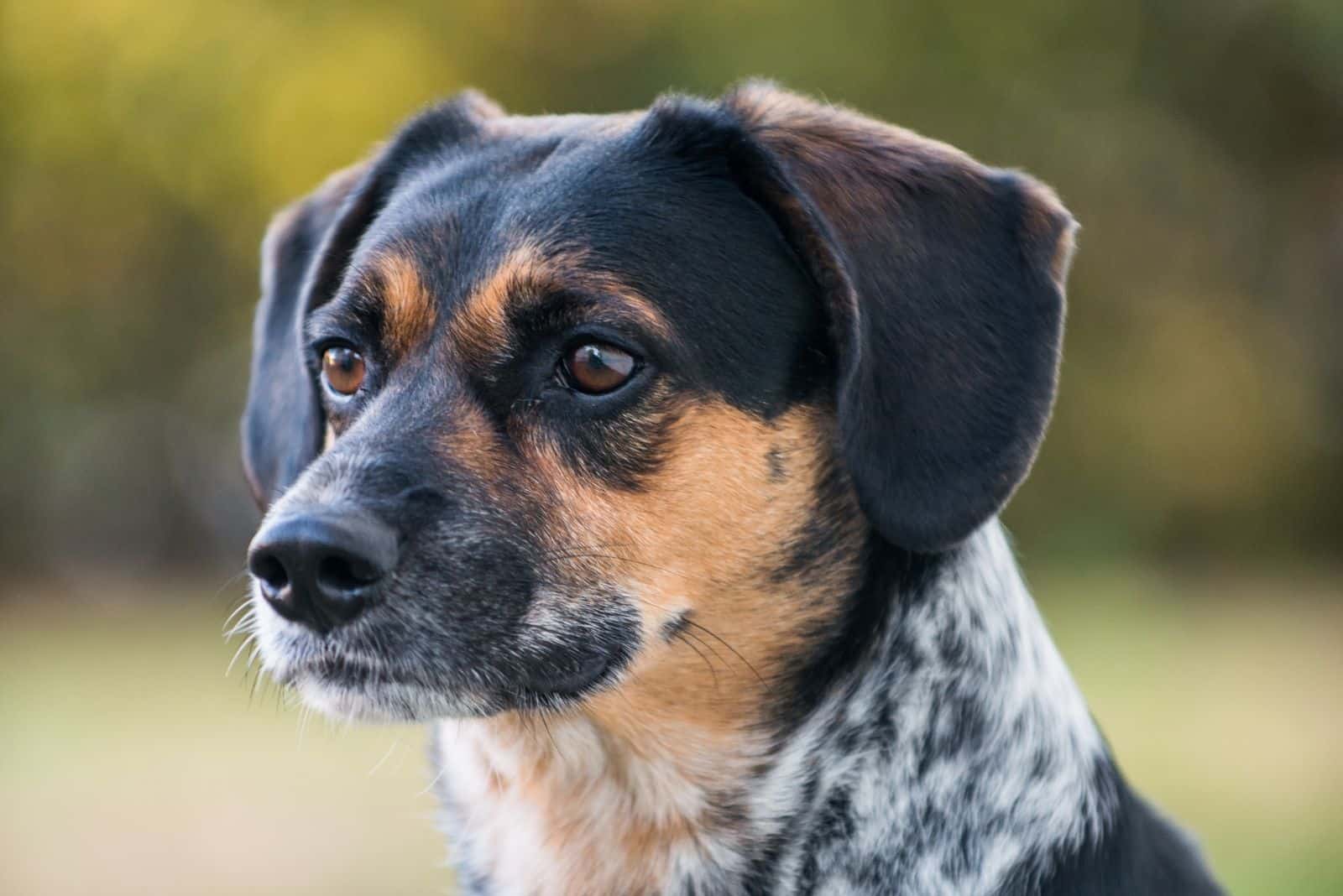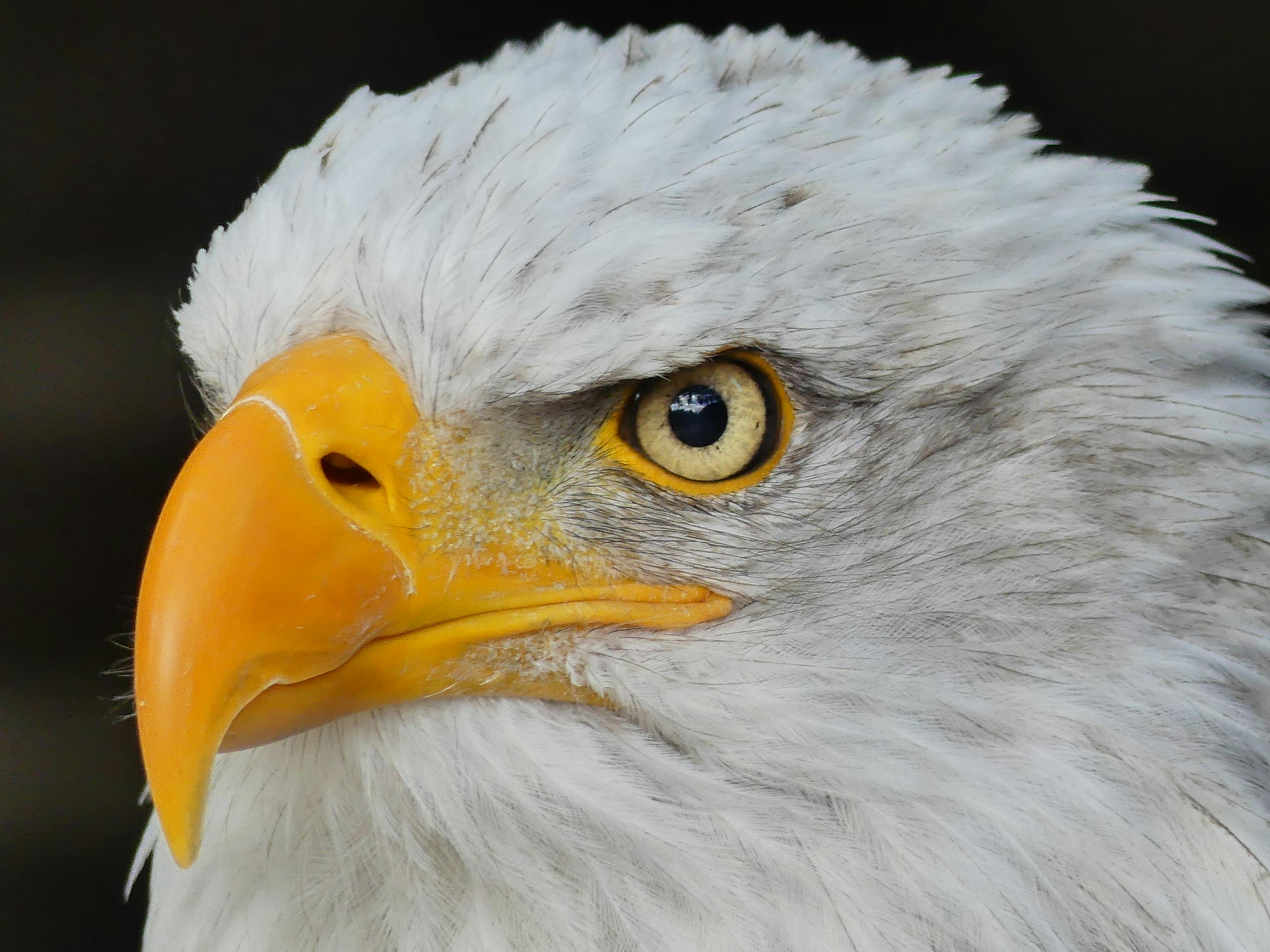Beautiful Work Tips About How To Start A Beagle
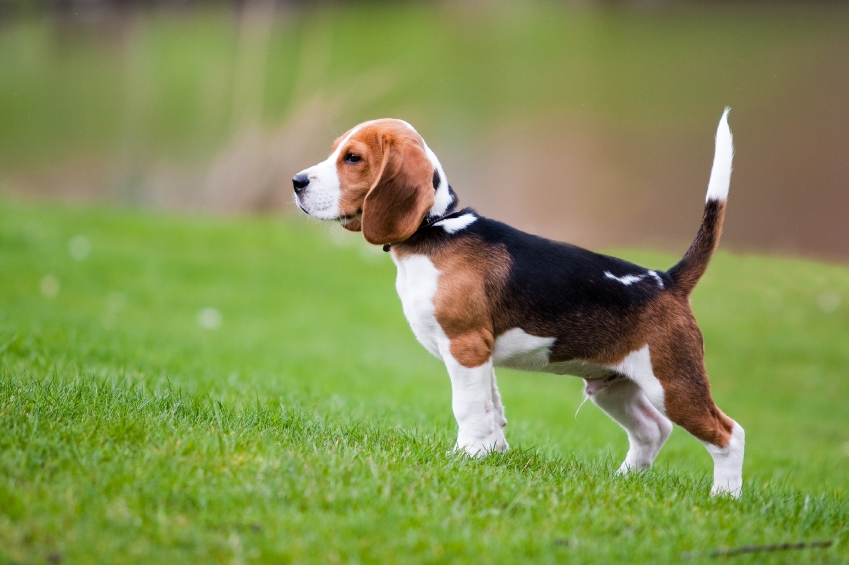
Basic training includes the simple commands like sit, lie down, stay, fetch, roll over, etc.
How to start a beagle. Stick to a specific schedule when. The best way to introduce your beagle to his collar is by letting him sniff it to see what it is. How to train a beagle.
This will help teach them the concept of tracking a specific smell over long distances. Train your beagle to stay. Luckily, you are working with the long line so this will be easy.
Attract your beagle by holding a treat in your hand. Training goal #1: Start early and be consistent.
By so doing, you will be helping. This will help them develop good habits from the beginning. Training your beagle to recognize and follow scents is essential for successful deer hunting.
The beagle brigade, a program started by the u.s. These dogs take a bit longer to train than your average dog. Teach your dog to sit.
Basic commands 1. Plus, the sooner you start your scheduled training, the better your dog will adapt to the training. Once he’s familiar with the collar, put it on him gently.
Most vital in brief! If you adopted a beagle puppy, we recommend waiting to train them to hunt until they’re around five months old. If you're a passionate hunter and proud owner of a beagle, you've come to the right place.
This is when they are most receptive to learning new things and forming good habits. Discover training tips for your family dog. If you’re thinking about adding a furry friend to your home, read on to learn everything you need to know about how to train a beagle.
All you have to do is follow its natural tendencies and teach it where to go. Department of agriculture in 1984, has aided in about 75,000 seizures of illegal foods at airports, seaports, and border crossings. Start the training with easy commands like sit and then move on to the harder ones from there.
Welcome to our comprehensive guide on training your beagle for the thrilling pursuit of rabbit hunting! Start training your beagle early. Start by placing treats near the training area, such as a bed or crate.
